Exploring the Advanced Technology of the Indus Valley Civilization: Innovations and Engineering Marvels
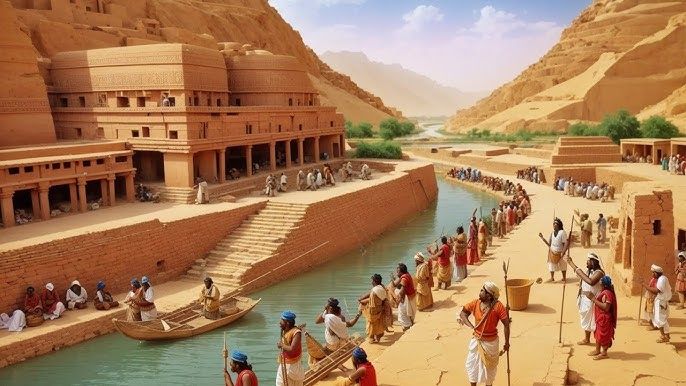
News Mania Desk/Agnibeena Ghosh/3rd August 2024
The Indus Valley Civilization, one of the world’s earliest urban societies, flourished around 2500 BCE in what is now Pakistan and northwest India. Renowned for its advanced urban planning and technological achievements, this ancient civilization demonstrated remarkable innovation that laid the groundwork for future advancements.
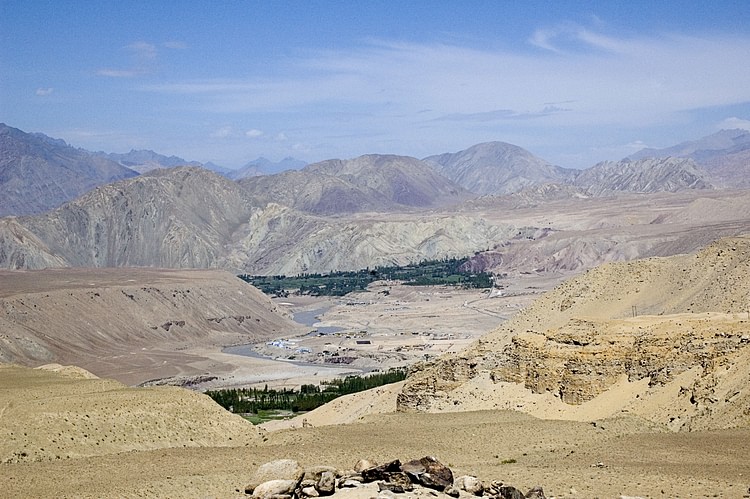
One of the most striking aspects of Indus Valley technology is its sophisticated urban infrastructure. The cities of Harappa and Mohenjo-Daro, two of the major centers of the civilization, were characterized by their meticulous planning. Streets were laid out in a grid pattern, a feature that denotes an advanced understanding of urban design. The roads were constructed with baked bricks, which were standardized in size, showcasing the civilization’s commitment to uniformity and quality in construction.
The Indus Valley Civilization also excelled in hydraulic engineering. The inhabitants developed an intricate drainage system, considered one of the most advanced of its time. Private homes were equipped with private bathrooms and toilets connected to a network of covered drains. These drains were meticulously planned to ensure efficient waste removal, a level of sanitation that was unprecedented in the ancient world.

The technology of the Indus Valley Civilization extended to water management as well. The Great Bath of Mohenjo-Daro is a prime example of their expertise in hydraulic engineering. This large, public bathing area was constructed with waterproof materials and featured an elaborate system of brick-lined drainage and water supply channels. The ability to manage and control water resources was critical for sustaining their urban centers, particularly in a region where seasonal flooding and dry spells were common.
In addition to their engineering feats, the Indus Valley people were skilled metallurgists. They produced high-quality bronze tools and weapons by employing advanced casting techniques. The bronze artifacts found at Indus Valley sites, including tools, weapons, and decorative items, reveal a sophisticated understanding of metallurgy. The civilization also engaged in extensive trade, which facilitated the exchange of materials and technologies with other regions.
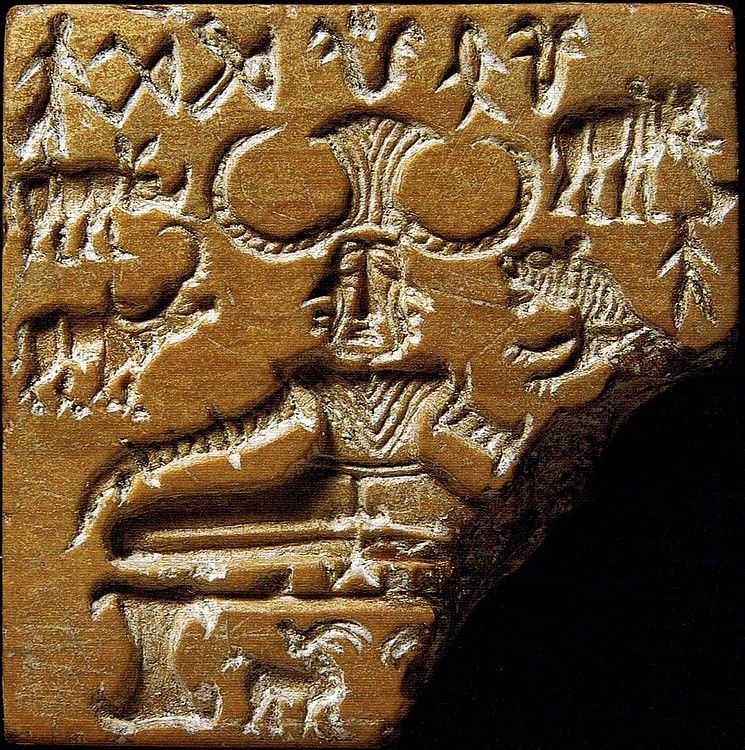
The craftsmanship of the Indus Valley artisans is also noteworthy. The civilization is known for its advanced bead-making techniques, creating intricate and colorful beads from semi-precious stones. These beads were used in jewelry and trade, illustrating the high level of skill and artistry possessed by the people of the Indus Valley.
In terms of writing, the Indus Valley Civilization developed one of the earliest known scripts, although it remains undeciphered. This script was used for various administrative and ceremonial purposes, indicating a level of bureaucratic organization and record-keeping that was advanced for its time.
The decline of the Indus Valley Civilization around 1900 BCE remains a subject of scholarly debate, but their technological legacy endures. The innovations in urban planning, hydraulic engineering, and metallurgy laid important foundations for subsequent cultures in the region and beyond.
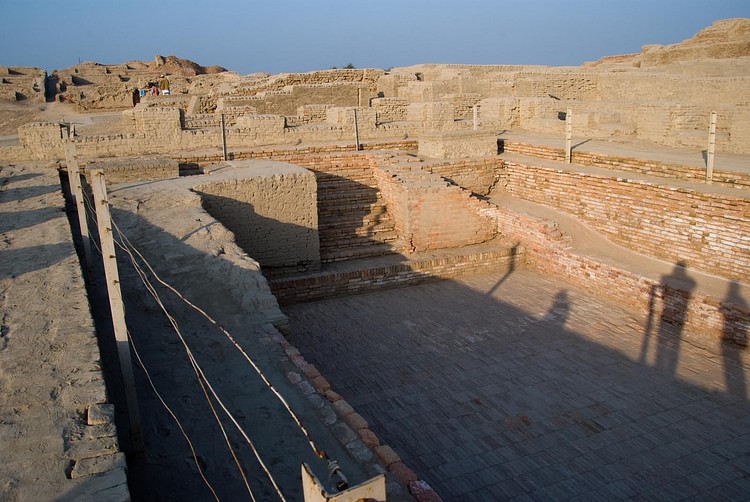
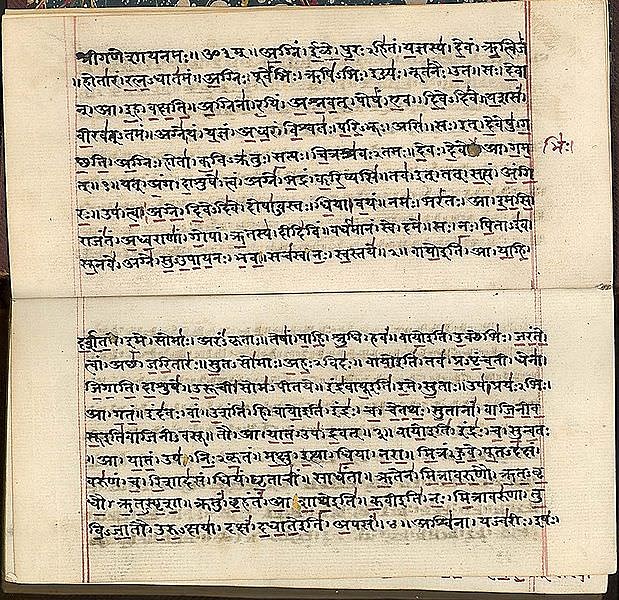
In summary, the technological achievements of the Indus Valley Civilization reflect a highly advanced society with a deep understanding of engineering, urban planning, and metallurgy. Their innovations in these fields were remarkable for their time and continue to be a subject of admiration and study. The Indus Valley Civilization’s contributions to technology and urban development are a testament to their ingenuity and enduring influence on human history.






